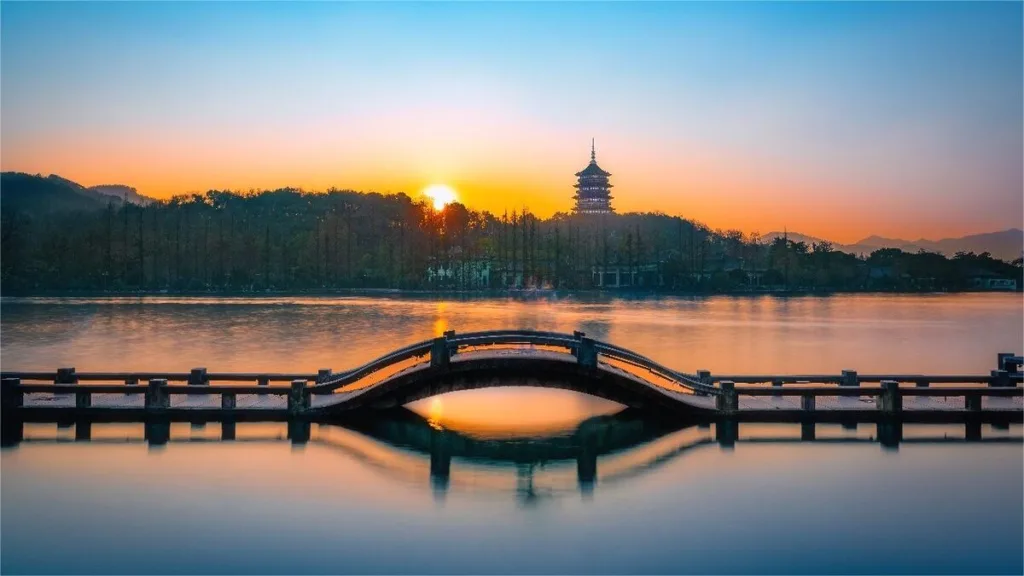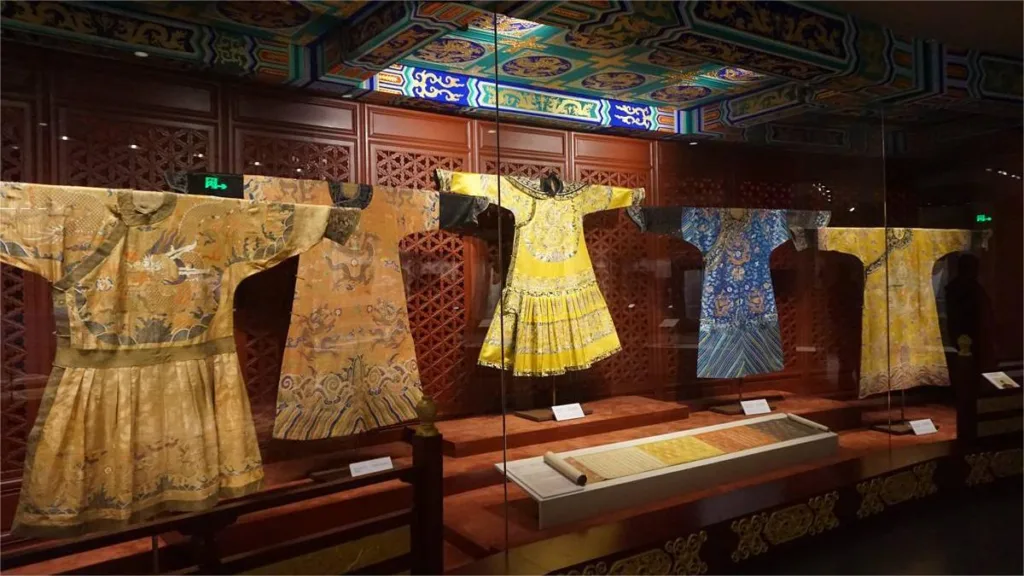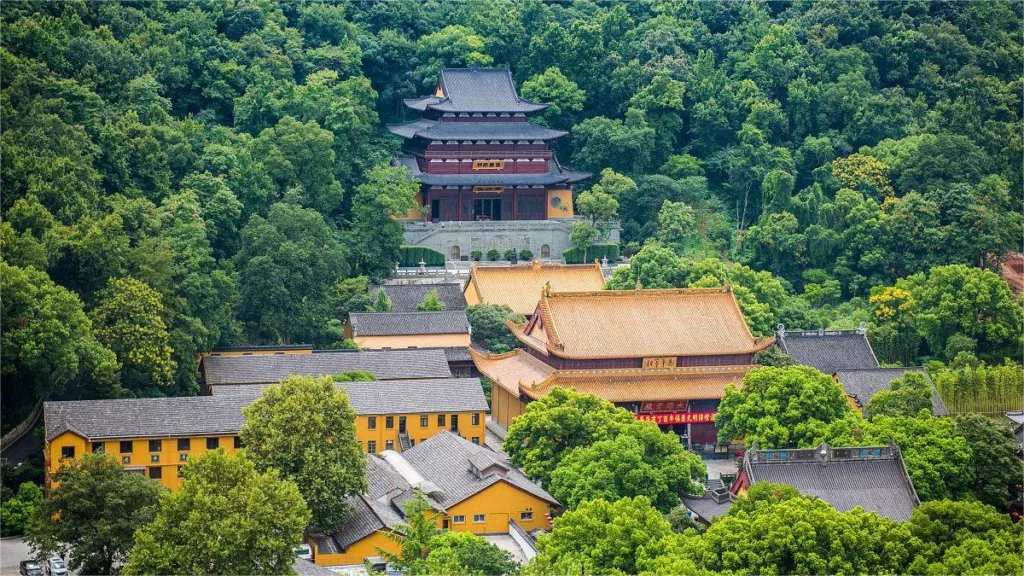The Zhejiang Art Museum (浙江美术馆) occupies an area of 35,000 square meters and boasts 14 exhibition halls of various sizes, including 6 halls equipped with constant temperature and humidity control spanning 9,000 square meters. Annually, the museum acquires around 2,000 new art pieces, with a focus on collecting and exhibiting artworks that reflect the development of art in Zhejiang Province, particularly those by contemporary artists native to Zhejiang or those who have had significant artistic contributions to the region, along with cultural relics and documents.
While the Zhejiang Art Museum previously primarily showcased traditional art, such as exhibitions featuring calligraphy by Master Hongyi or Dunhuang art, in recent years, exhibitions on contemporary art have become increasingly frequent. Even if you’re not an art expert, taking a stroll through the museum to experience the artistic ambiance or relaxing at the museum’s café and bookstore can be a delightful experience.
Table of Contents
- Basic Information
- Location and Transportation
- Masterpieces in Zhejiang Art Museum
- Vlog about Zhejiang Art Museum
- Attractions near Zhejiang Art Museum
Basic Information
| Estimated Length of Tour | 2 hours |
| Ticket Price | Free |
| Opening Hours | 9.00 – 17.00; Last admission: 16.30 |
| Telephone Number | 0086-0571-87078700 |
Location and Transportation
The Zhejiang Art Museum is located at 138 Nanshan Road, Xihu District, Hangzhou, Zhejiang Province, China, directly opposite Changqiao Park. Visitors can take bus 4, 31, 87, 510, or 1314, get off at Changqiao Bridge Stop (长桥站), and walk about 360 meters to the east to reach the museum.
Masterpieces in Zhejiang Art Museum
“Facing Gaoyue” by Fu Juanfu

This masterpiece depicts the scenery of Gaoyue Peak in Taiwan’s Alishan. Fu Juanfu employed his unique painting techniques, known as Haitao and Liexia cunfa, to create the cloud patterns on the mountain peaks, imbuing the painting with distinctive artistic characteristics.
“Chrysanthemums and Bamboo Fences” by Wu Fulu

A representative work by Wu Fulu, this painting was unjustly criticized as “black art” during the Cultural Revolution. The artwork features a unique composition with intertwining chrysanthemums and bamboo fences, utilizing both ink and color to create a dense yet sparse effect. The inscription borrowed from a poem by Wu Changshuo symbolizes the spirit of self-improvement and innovation. Ironically, this inscription was misconstrued by the radicals as subversive, leading to Wu Fulu’s persecution.
“Intimate Swallows” by Lin Fengmian

Presented as a wedding gift to Wu Guanzhong, Lin Fengmian’s artwork is cherished by the latter as a “marriage certificate.” With just a few strokes, Lin depicts two small birds perched on a wisteria frame, showcasing his mastery of lively brushwork, clever composition, and the fusion of Eastern and Western artistic elements.
“The Shore of Lake Tai” by Wu Guanzhong

A typical example of Wu Guanzhong’s colored ink paintings depicting the scenery of the Jiangnan water towns. Through the use of dots, lines, planes, colors, and black-and-white elements, Wu enriches the decorative beauty of the painting with variations in density, intensity, and spatial depth. This artwork embodies the unique artistic conception of the East and the formal beauty of Western painting, as well as the beauty of modernity.







